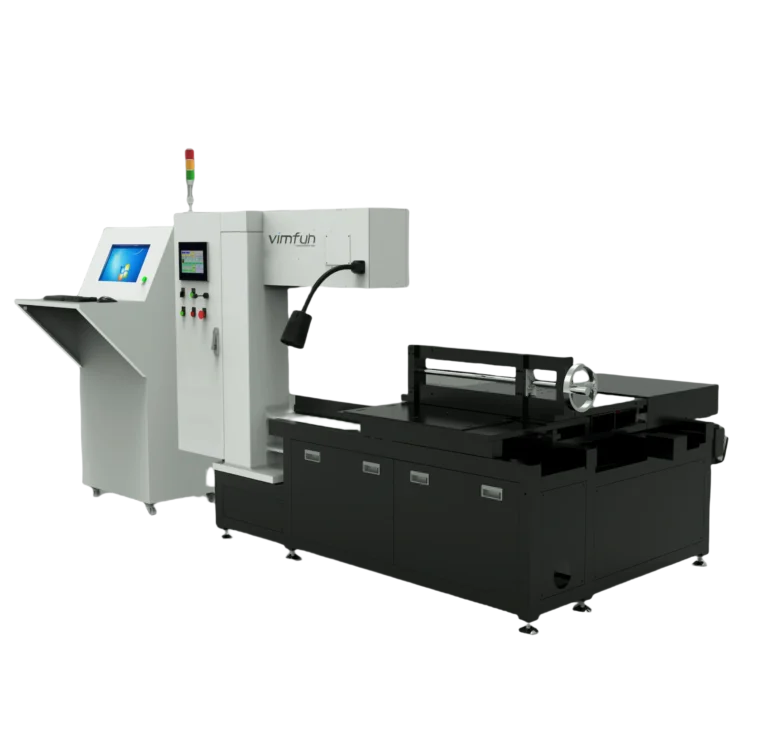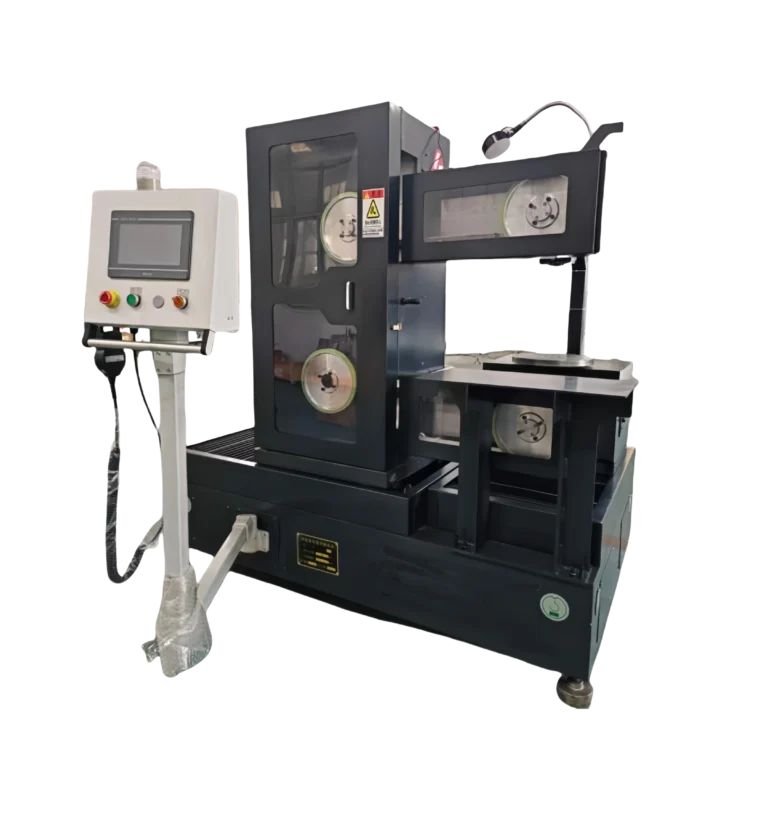Introduction: The Growing Demand for Ultra-Thin Graphite Slices
With the increasing adoption of lithium-ion and solid-state batteries in electric vehicles, portable electronics, and renewable energy storage, manufacturers are under pressure to deliver higher performance and greater energy density. One of the key factors is the use of ultra-thin graphite slices, which serve as the anode material in modern battery cells. However, producing such thin layers with consistent quality is a technical challenge that traditional cutting methods often fail to overcome. This has led to the growing implementation of advanced graphite cutting technologies, especially diamond wire saws, in battery manufacturing.

Challenges of Traditional Graphite Cutting Methods
Conventional methods, such as mechanical sawing or blade slicing, struggle with accuracy and surface control. Key limitations include:
- Wide kerf width: Resulting in significant material loss, which is especially costly when working with high-purity graphite blocks.
- Rough surface finish: Increases post-processing time and affects electrode performance.
- Edge chipping and breakage: Caused by high cutting forces and vibrations.
- Inconsistent slice thickness: Difficult to control uniformity at micrometer levels.
- High tool wear: Requires frequent replacement, increasing downtime and cost.
These issues limit the scalability and efficiency of graphite processing for battery applications.
Diamond Wire Saw: A Precision Solution for Graphite Cutting
Diamond wire saws offer a transformative improvement in the production of ultra-thin graphite slices. Key benefits include:
- Minimal kerf loss: Wire diameters as small as 0.15 mm reduce material waste, improving overall yield.
- Superior surface quality: Fine abrasives embedded in the wire produce smooth finishes, reducing the need for polishing.
- Low mechanical stress: Less vibration and friction preserve the structural integrity of thin slices.
- High dimensional accuracy: Enables cutting graphite slices down to sub-millimeter thickness with uniformity.
- Scalability: Multi-wire systems allow for mass production in industrial environments.
These attributes make diamond wire saws the preferred choice for battery-grade graphite processing.
Application Benefits in Battery Technology
Thin and uniform graphite slices directly influence battery performance:
- Enhanced energy density: Thinner anodes reduce internal resistance and allow more active material per unit volume.
- Improved charge/discharge rates: Better thermal and electrical conductivity leads to faster cycling.
- Stability in flexible batteries: Ultra-thin graphite is ideal for bendable or wearable devices requiring mechanical durability.
Comparison with Traditional Cutting Techniques
| Feature | Traditional Cutting | Diamond Wire Saw Cutting |
|---|---|---|
| Kerf width | Wide (≥0.5 mm) | Narrow (≤0.15 mm) |
| Surface finish | Rough, uneven | Smooth, low-roughness |
| Thickness control | Inconsistent | Micron-level accuracy |
| Tool wear | Frequent blade replacement | Low wear, longer life |
| Material loss | High | Minimal |
| Suitability for battery use | Limited | Highly suitable |
The above comparison illustrates the substantial performance gap between traditional cutting and diamond wire sawing.
Conclusion: Towards Scalable, High-Yield Battery Manufacturing
Achieving ultra-thin graphite cutting for battery applications is no longer constrained by the limitations of conventional methods. Diamond wire saws deliver the required precision, surface integrity, and production scalability needed for next-generation energy storage systems. As battery technology continues to evolve, advanced cutting solutions will play an increasingly vital role in improving yield, reducing waste, and enhancing overall product quality.






